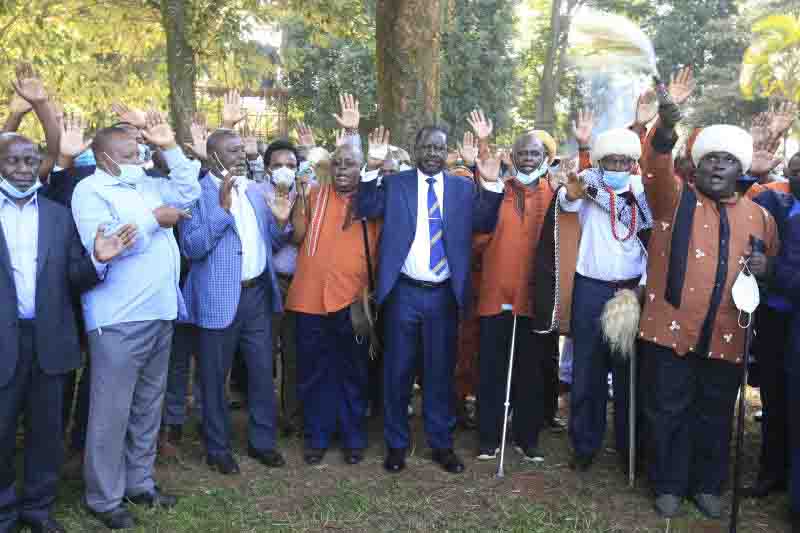×
The Standard e-Paper
Smart Minds Choose Us

That Raila Odinga is walking the political tightrope is not in doubt.
The announcement this week that his ODM party was leaving the National Super Alliance (Nasa), was the last nail in the coffin of a troubled political marriage between him and his former co-principals in ANC, Ford Kenya and the Wiper Democratic Party.